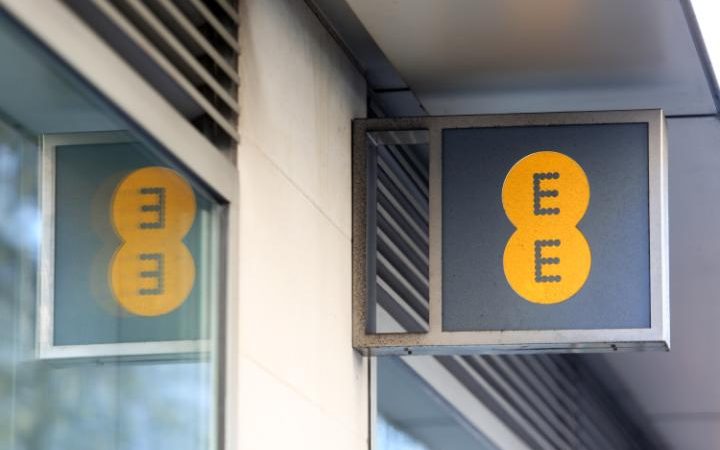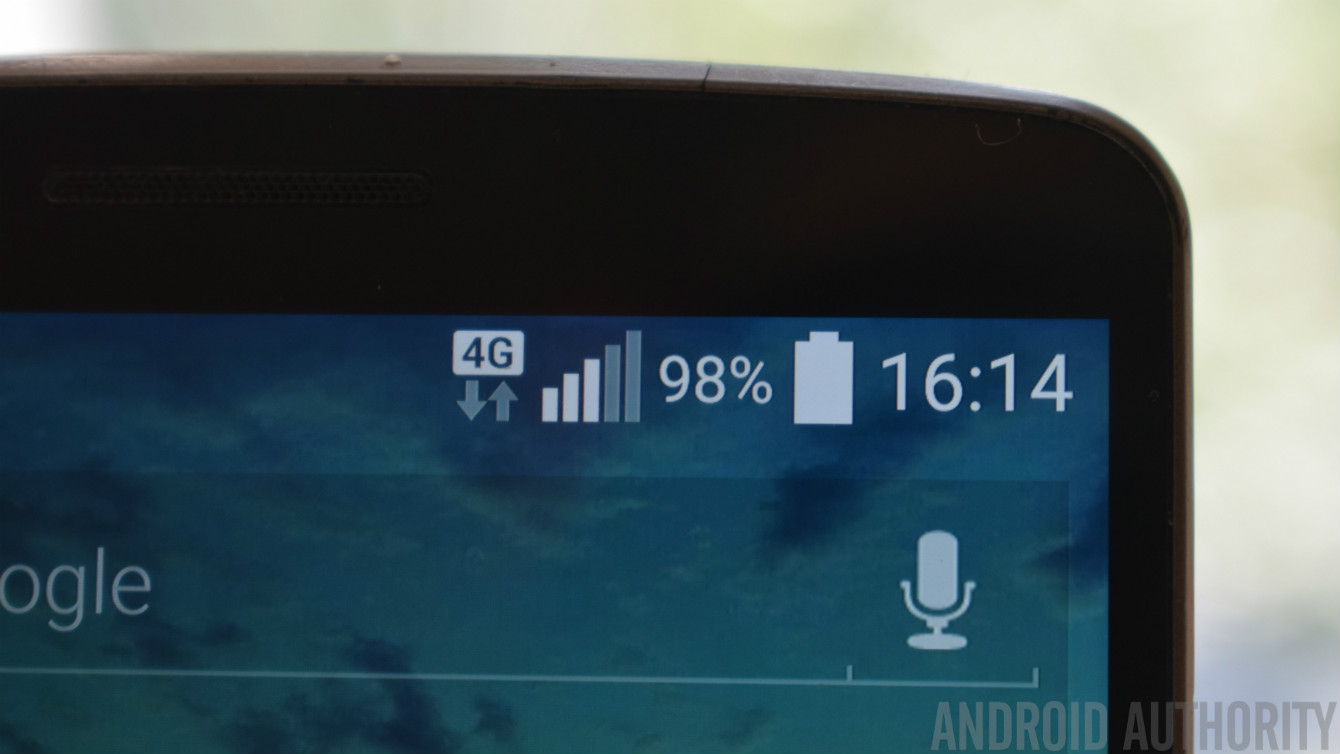Affiliate links on Android Authority may earn us a commission. Learn more.
EE 4G coverage now exceeds all the UK's 3G networks
Published onNovember 24, 2016

The UK might not have the fastest LTE speeds or the best typical coverage compared with other countries, but carrier EE is pulling further ahead of the pack after switching on its 800MHz spectrum across 700 cell sites around the country this week. This roll out means that EE’s 4G network now covers more land area than any 3G network available in the country.
Flicking the switch has filled in a 5,000 square kilometer black-spot in EE’s 4G network, and has either hooked up or improved coverage for around half a million homes up and down the UK. The low frequency 800MHz band is better at permeating trees and buildings than higher frequency spectrum. EE is also looking to add 800MHz capacity to 3,000 more sites before the end of 2017, and the carrier wants to have 95 percent of the UK covered by 2020.
The roll out offers up additional and new 4G coverage across parts of Shropshire, Somerset, Snowdonia, Oban, Glasgow, Berkshire and Derbyshire. However, some of these areas are only covered by 4G and not 3G, meaning that customers will need a VoLTE smartphone in order to make calls on the network in these areas.

As part of its announcement, EE is also calling for the industry to begin publishing mobile coverage in terms of geographical area, which the carrier is further ahead in, rather than using population coverage, which is a closer run contest. EE says that it now covers 75 percent of the UK in terms of land area, and wants consumers to be able to better compare how coverage levels vary across the country.
The news will also likely please the UK government, which has previously considered requiring operators to share their networks to cover up gaps in coverage. This proposal was dropped after carriers committed to a £5 billion infrastructure investment, but there have been calls by MPs to amend the Digital Economy Bill to allow Ofcom to fine operators who fail to meet 2014 coverage targets.
What’s the coverage like where you live?